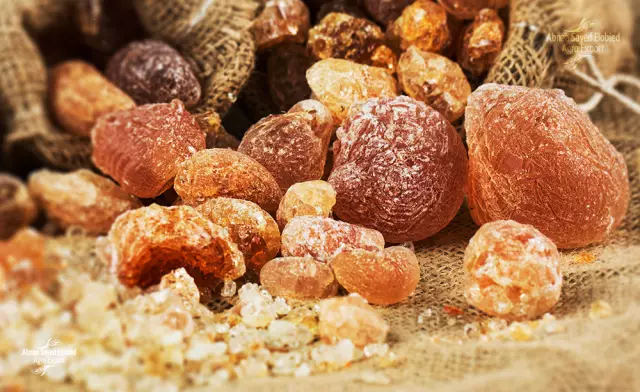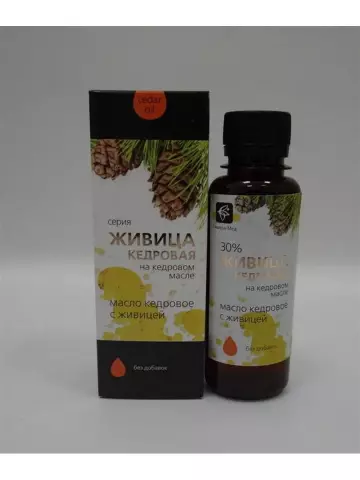- Author Rachel Wainwright [email protected].
- Public 2023-12-15 07:39.
- Last modified 2025-11-02 20:14.
Gum arabic

Gum arabic (other names - soluble gum, acacia gum) is a food supplement of natural origin, which in the composition of products has the designation E414. Gum arabic is obtained, frozen in the air, the juice of certain varieties of acacia growing in Australia, Africa and India. Historically, the unique properties of this substance are known and used for a very long time, back in the ancient period.
Properties of gum arabic
Gum arabic is colorless, readily soluble in water, forming a sticky, slightly acidic solution. It is practically tasteless and odorless.
By its structure, gum arabic is a polysaccharide with good emulsifier properties. Due to the peculiarities of the structure of the molecule of this substance, it is capable of forming solutions with low viscosity even at high molecular weight.
Before using gum arabic in the production of food and pharmaceutical products, it is ground and dissolved in water. Additional purification of the substance is achieved by ultrafiltration, pasteurization and special drying.
At its core, gum arabic is a soluble fiber. When ingested, its effect on the body is to reduce the secretion of digestive enzymes and normalize the formation of gastric juice, which slows down the digestion of food. Gum arabic is able to reduce the concentration of sugar and blood cholesterol. Studies have proven the perfect safety of this food supplement for human health.
The use of gum arabic
Gum arabic in food production plays the role of a stabilizer, film former and structure regulator.
In the production of chewing gum, it retains various flavors in the base for a longer lasting aftertaste. It is well suited for preventing sugar crystallization and as a binder in the production of sweets and pastilles.
Gum arabic allows the use of pelleting technology in the production of confectionery. The most common food products are nuts and raisins in the form of pills covered with sugar, chocolate, caramel, etc.

Gum arabic is used in the preparation of glaze for applying to the surface of baked goods as decoration and in order to improve their taste. This is possible due to the good adhesion properties of gum arabic. The glaze applied hot, after cooling, is firmly fixed on the surface of the bread.
In the confectionery business, gum arabic is applied to the icing of cakes before baking by spraying or with a brush, and after evaporation from the surface under the influence of temperature, the glaze looks more attractive and acquires a gloss. This food additive is also included in the formulation of various alcoholic and non-alcoholic drinks and beer.
Gum arabic in pharmaceutical production has found application as a binder and coating for tablets, as an irritant reducing agent in syrups for oral administration, as an emulsifier in the composition of certain drugs.
Gum arabic is included as a component in watercolor paints, it promotes better binding of paints to paper, enhances their shine.
In cosmetology, gum arabic is included in the formulation of lotions, creams, and face masks.
Found a mistake in the text? Select it and press Ctrl + Enter.






